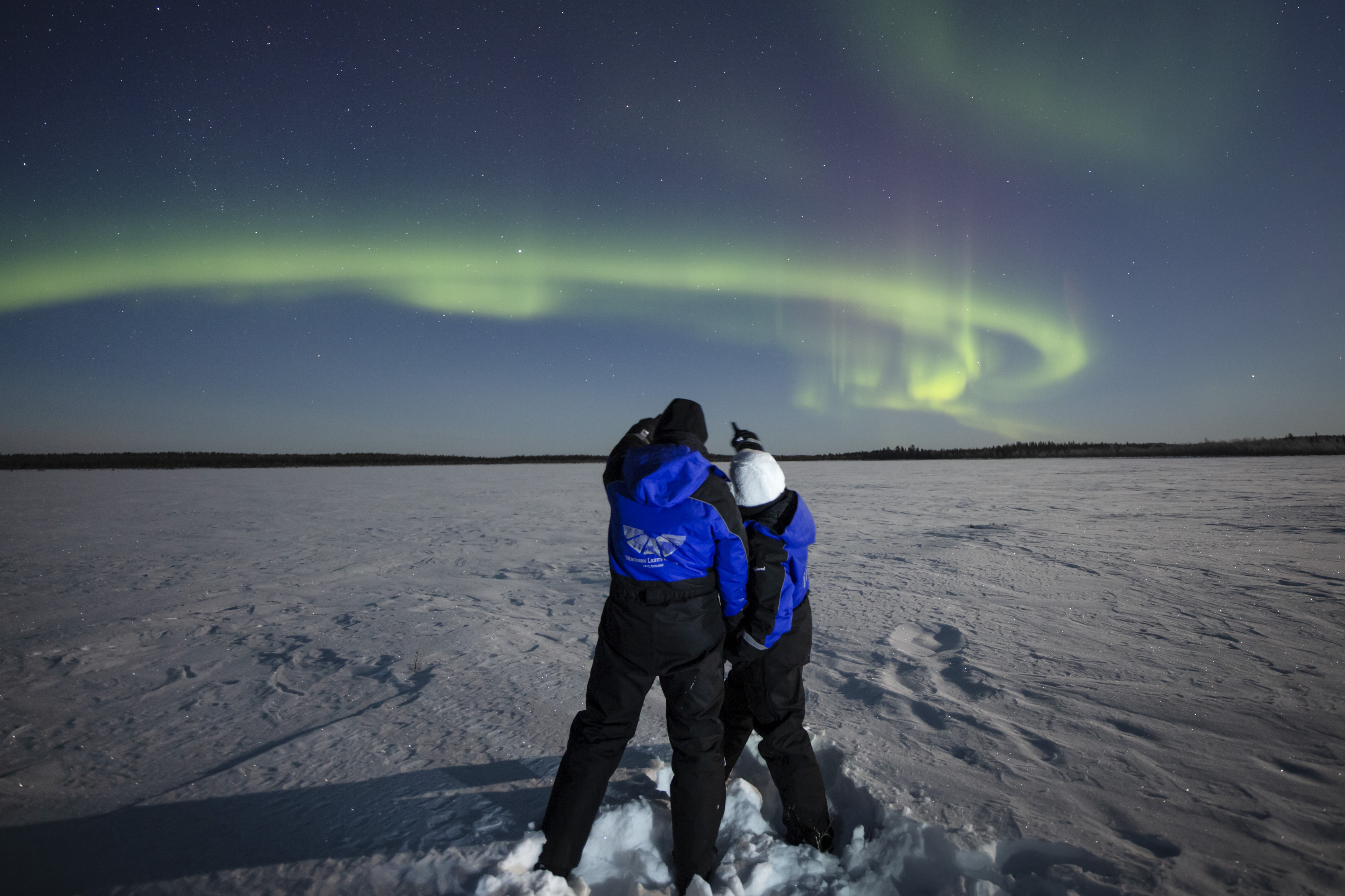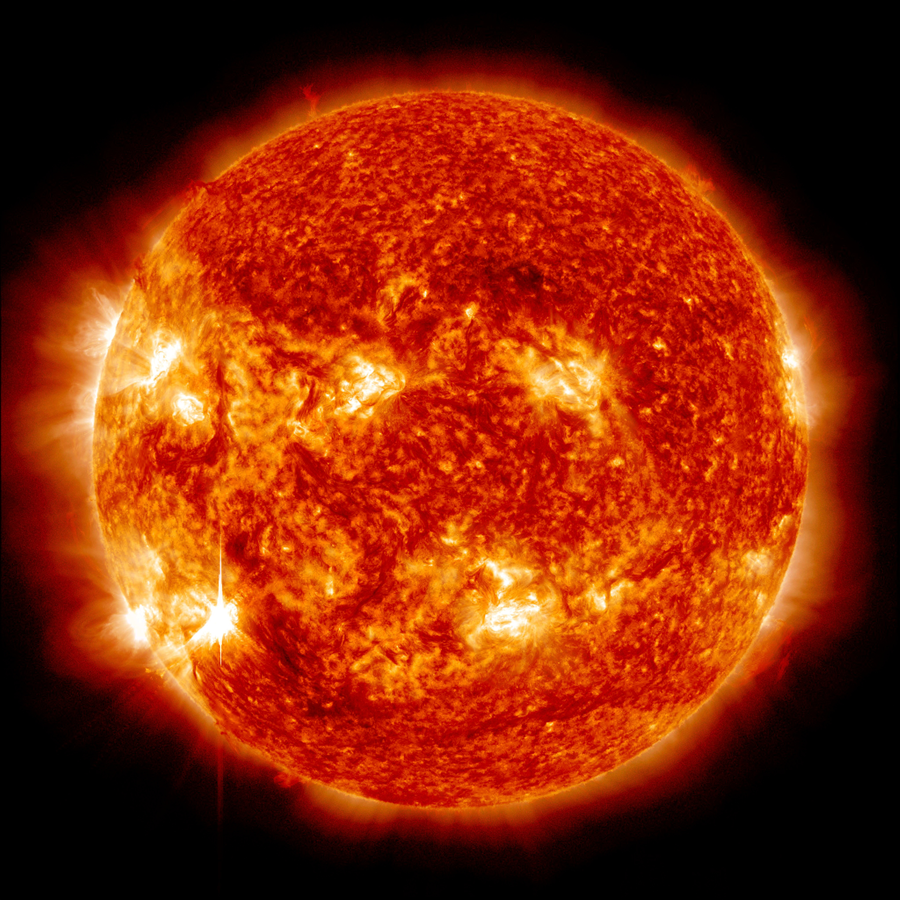
As a naturally occurring phenomenon, the appearance of the Northern Lights is notoriously difficult to predict any further in advance than about two hours before it happens. So much is dependent on solar activity, and whilst we can estimate the number of sunspots that might occur on the sun, we can accurately predict neither when they will occur nor how frequently.
The best we can do is to provide a rough guide based on certain timescales.
Our Sun goes through an activity cycle that lasts approximately 11 years and sees it pass through Solar Maximum (highest solar activity) and Solar Minimum (lowest solar activity). The Northern Lights are more prevalent during Solar Maximum, the last of which occurred in 2024.
Generally speaking, the Aurora Borealis will remain very active for two to three years on either side of Solar Maximum, which effectively means we’re in the period of maximum activity.
There is further research to suggest that more significant solar events occur in the declining period following Solar Maximum, which increases your odds of seeing a display from our destinations.
The main factor in determining the colours of any given display is the altitude at which the solar particles collide with gases in our atmosphere. Different gases prevail at different altitudes and in varying concentrations, and it is the collision which “excites” these gases that determines the colour of the Aurora.
When observing the Aurora with your naked eye, the colours will differ slightly from the image that a digital camera captures. A digital camera can take a long single image exposure of the Aurora and therefore capture a lot more data in the darkness, much more than our eyes capture. This means the images captured are generally a lot more colourful than what we see with the naked eye.
Image credits: Northern Lights Village, NASA/SDO
